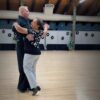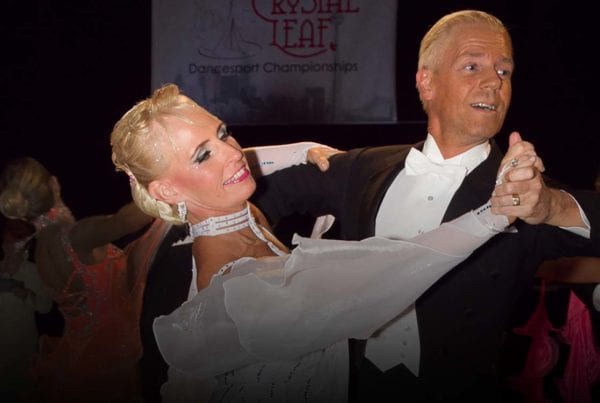During a recent group lesson with Nikolai Voronovich, currently ranked 2nd in the US Professional Latin division, he made an observation that really stood out to me.
Of course, everyone who has danced Latin for any length of time knows that there needs to be core rotation. But Nikolai put it in perspective in an interesting way.
He talked about how Ballet, which is typically held in the highest esteem as the “pinnacle” of dance perfection, contrasts with what is required in the Latin dances. Ballet dancers have incredibly strong cores. They have phenomenal balance. Some of the things they do are almost super human. But in Ballet, even the most complex actions tend to require the core to be very straight. Of course there are exceptions but as a rule the abs are generally held flat in front with no twisting or rotation around the core. Ballet dancers work hard to keep their cores straight and flat at all times because this is part of the look of this classic dance.
Latin also requires a vertical core. But in contrast to Ballet, the body is continually being twisted in counter-rotational directions. Pressure is applied deep into the floor with both feet, allowing one foot to help rotate the hip in one direction while stretching the Pectoral, Latissimus Dorsi and Teres Major muscles in the opposite direction. The more one can perfect this constant twisting motion around a perfectly vertical core, the more effortless the dancing looks.
For example, an action as simple as a Spot Turn in Rumba becomes more crisp and beautiful when the hip is rotated as far as possible in the direction counter to the turn while activating the upper body muscles toward the direction of the turn until the action has extended to such a point that pressure can no longer be maintained on the back foot. A simple release of energy at that point allows the body to turn effortlessly into the direction of the turn as the moving ankle is gathered to the standing one. At that point, the foot is extended forward beginning the next action where the same counter-rotation takes place to continue the turn.
The best Latin dancers practice these actions for hours, learning to be aware of every muscle and every detail of the rotational contrast. They also must become acutely aware of every part of the foot so that they know when they are over the center, ball or heel of the foot. This allows them to time the action and release of energy so well that it is smooth and fluid.
Spend some time exploring how much rotation you are putting into your Latin actions. Become aware of each part of your foot into the floor and how the pressure into the floor changes as you rotate around your core. Learn how to contrast the rotation of the hips in one direction with the energy of the upper body in the other direction. Your Latin will improve.













